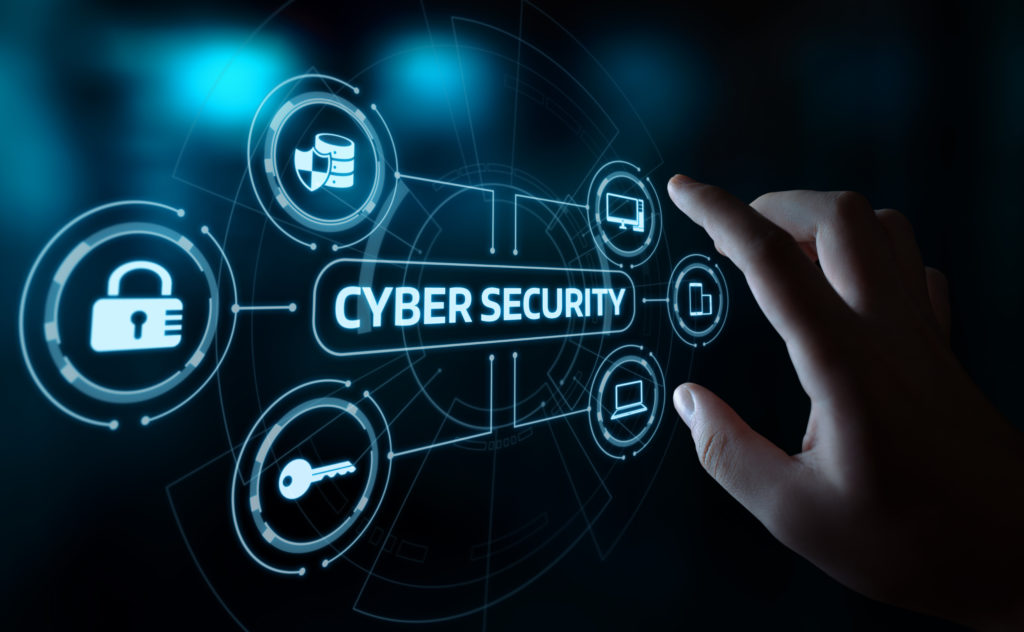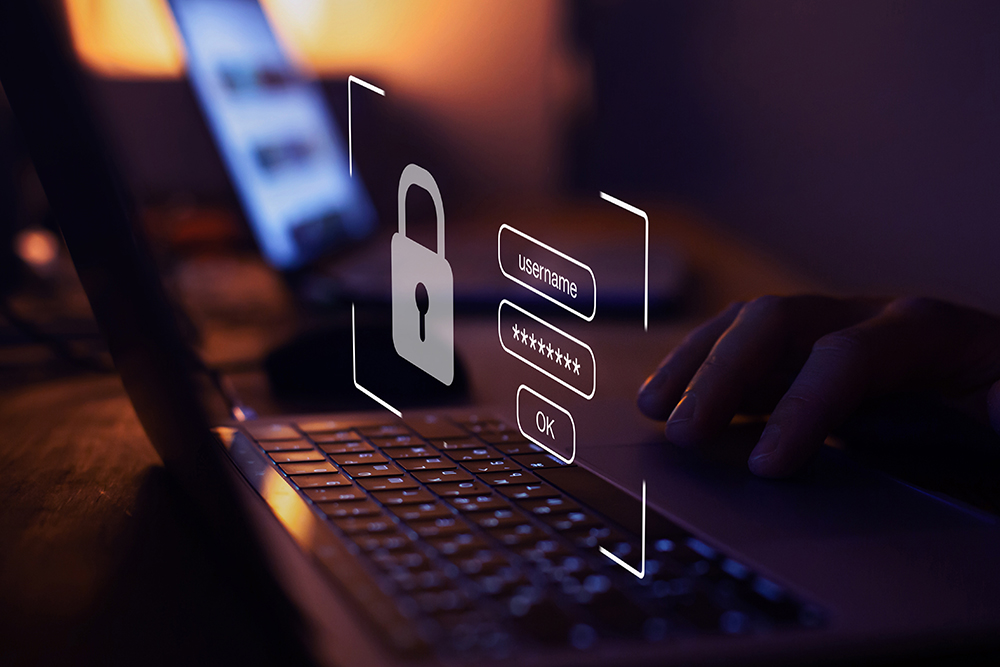
Top Strategies for Better Cybersecurity Awareness
Cyberattacks can strike anyone at any point on any device, including tablets, mobile devices laptops, laptops, and laptops.
To protect your business from such attacks and possible security breaches of data, we’ve created an inventory of 10 cybersecurity best practices as well as important cybersecurity strategies.
In addition to installing an antivirus program and securing sensitive data, here are the best cybersecurity awareness tools and advice for your business.
Table of Contents
Avoid clicking on unknown links
The click of links in emails from unidentified senders is among the most effective ways for hackers to gain access to corporate data through malicious software, ransomware, and other malware.
Employees are advised to be cautious and refrain from clicking on links until they are certain that the sender is legitimate. An effective method is to examine the email address used by the sender. If it has misspellings, odd symbols, or an individual you aren’t familiar with outside of your workplace, do not click on the link, and instead inform the IT team.
Sites that ask for sensitive information or are framed as time-bound and urgent are not valid and should be considered suspicious activities.
Avoid sharing too much on social media
Social media is a major part of our work (and private) lives, and this is especially true because of the increasing importance of personal branding.
While it has many advantages–connection, thought leadership, networking–sharing too much personal information on these platforms can provide bad actors with valuable data, like clues into how to hack your security questions, or as fodder for social engineering phishing scams.
Be careful not to share personal information like your address, birthday, names for children, pet names, as they frequently appear in your passwords and security queries, and more.
It’s also crucial to restrict access to apps from third parties and keep up-to-date with the most recent updates and security software available for every platform.
Avoid moving communications off the designated site
When working on a particular site, ensure that all communications remain within the built-in tools of the platform. The transfer of conversations to messages in emails or messages on social media or any other channels may expose sensitive information to risk.
Websites with a designated domain typically have strong security measures to ensure the security of all users, such as encryption, access control, and logs of communications. These security measures not only protect your data, but also offer important records to be used in future reference, such as possible audits or tests to come.
To ensure this is done, make sure to use secure file-sharing platforms, set up appropriate access controls, and train employees about the necessity of using only approved channels for communication. Create clear policies that define acceptable platforms and discourage recourse to the public network to access or share work-related files.
By ensuring that communications are kept on secure, designated websites, you significantly lower the possibility of data breaches as well as unauthorized access to sensitive information.
Adhere to password best practices

One of the most effective methods in cybersecurity is the protection of passwords. It is essential to secure your passwords for crucial data. Passwords are essential in ensuring a sound document management system and access control guidelines.
A strong password practice is essential to protect your company from cyber threats. Your employees must understand and adhere to these steps:
- Create unique, secure passwords (mix of numbers, words, and symbols, containing at least 10 characters) for a variety of websites and accounts
- Avoid passwords that have simple patterns such as anniversary, birthday, or the name of a family member
- Never share or reuse passwords.
- Use a password manager to safely manage and store complex passwords
- Create multi-factor authentication as an additional layer of security
- Think about passphrases, a string of words that form an expression instead of passwords
- Change your passwords frequently to ensure security
Be wary of unexpected bills and requests for payment
Check invoices and requests for payment carefully, making sure they match your financial records. If you receive an unintentional invoice or request for payment, contact the sender directly to verify the legitimacy of the request. Be cautious of any requests to purchase goods or equipment with gift cards, as they are often associated with fraud.
Avoid Answering Authentication Recovery Questions with Real Answers
A lot of websites use security questions to provide an additional authentication method. But those answers are typically easily accessible online. To prevent this from happening, you can use fake answers to guard against hackers gaining access to this information and then compromising your account.
Ask the sender to confirm any suspicious emails or requests
While most email services can detect and block spam messages, some could be able to get through to your inbox. If you’re uncertain about the authenticity of a request or email, you can contact the sender directly through an email thread that is separate or via phone, or an in-person chat. This additional step will assist in avoiding falling for fraudsters who use phishing to steal your information.
Report any suspicious emails
As well as confirming emails, it’s essential to notify them as soon as you receive them. If employees are encouraged to make reports of suspicious emails, businesses can swiftly identify and address the possibility of threats that could have escaped automatic security procedures. This proactive strategy helps to mitigate risk immediately and also can provide valuable information for improving security and threat detection strategies.
Employers must create an easy procedure to ensure employees report these emails, and also provide training on how to recognize and report threats.
Make Use of a Tool for Password Management
Modern employees frequently use multiple accounts online to work from, which results in a myriad of unique passwords that are challenging to recall. Giving employees a password management tool can help secure access to multiple accounts while reducing the chance of falling into poor habits with passwords, like making the same password across several accounts, or even not jotting down passwords.
Pay Attention to Text Messages and SMS
As more and more people conduct their work on smartphones, it’s crucial to be extra cautious about security concerns that are associated with text and SMS messages. Beware of messages sent by unknown senders or requests that are unusual.
A legitimate business won’t request sensitive information like banking account numbers, login details as well or social security numbers via text messages. Similar to emails, do not click on links that are not known or links from unreliable sources in text messages.
Additional Cybersecurity Awareness Tips To Implement Across Your Organization
The 10 best cybersecurity practices are only the most important tip of the Iceberg.
To ensure your business and its employees are safe from dangers, take a look at some of the best practices for cybersecurity:
- Install antivirus software across all your devices, including mobile devices as well as computers.
- Utilize a virtual private network (VPN) instead of using a public internet connection to connect to Wi-Fi networks to protect data transmission.
- Always make sure to update operating systems and programs to fix security flaws.
- Put in place physical security procedures to safeguard the devices and sensitive data that are stored on the site.
- Always back up important data and files to secure locations off-site.
- Create clear guidelines for the personal use of corporate devices and networks.
- Regularly conduct security assessments and audits to detect and correct potential weaknesses.



